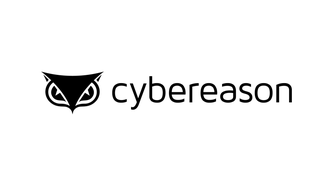McAfee Endpoint Security for global software company
Categories
Description
Integrating McAfee® Advanced Threat Defense and the Bro open-source network security platform widens the scope of threat detection to include unmanaged devices
Multinational Software Company
- Large global software company
- Industry: Technology
- Environment: Fluid environment with up to 150,000 endpoints at any given time, many of them virtual, across 20 countries
- Protect against zero-day threats across extended global enterprise
- Shrink detection to remediation gap
- McAfee® Advanced Threat Defense
- McAfee® Complete Endpoint Threat Protection
- McAfee® ePolicy Orchestrator®
- McAfee® Threat Intelligence Exchange
- Accelerates time to protection, thanks to automation
- Augments threat reputation information shared across
- McAfee ePO softwaremanaged devices with information gleaned from incidents involving unmanaged devices
- Facilitates endpoint incident forensics and accelerates response
- Saves security operations time and hassle
Details
Business tasks
Reduce Costs
Ensure Security and Business Continuity
Manage Risks
Problems
Malware infection via Internet, email, storage devices
Insufficient risk management
Risk of attacks by hackers
Risk of data loss or damage
Risk of lost access to data and IT systems

























